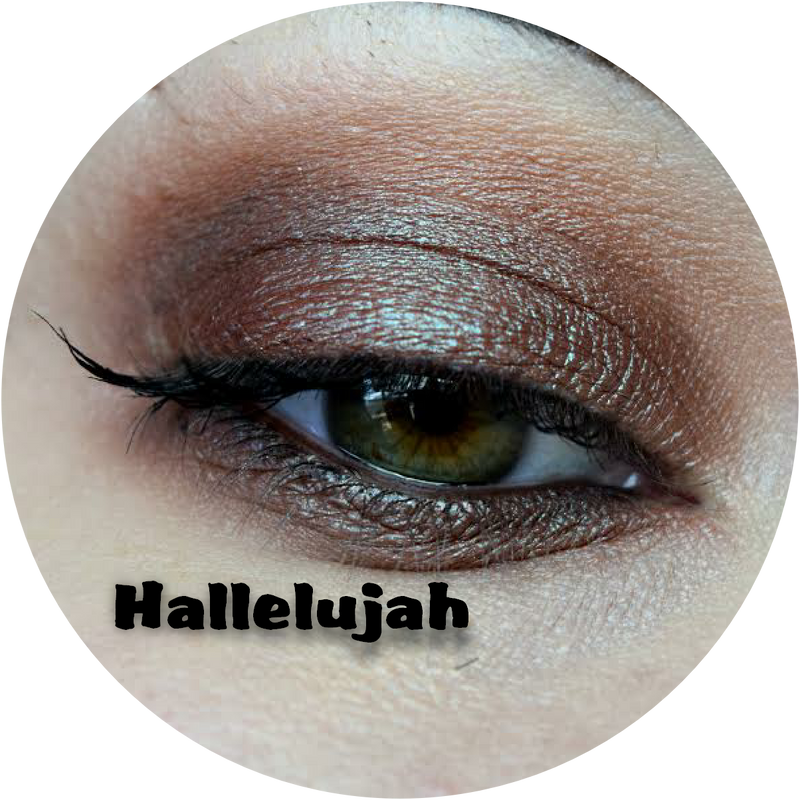Fashion trends have always been a rollercoaster of change, and throughout history, some beauty trends have been truly outlandish. We'll take a journey through time to explore some of the most peculiar beauty trends that have captivated societies in the past.
1. Victorian Nipple Piercings - The Victorian era is often associated with modesty and covered-up clothing, but beneath those layers, there was an unexpected trend - nipple piercings. Wealthy women of the time embraced this daring fashion, sometimes even connecting the piercings with chains. This peculiar choice surely turned heads in late Victorian society.
2. Greek Unibrows - In ancient Greece, unibrows were all the rage for women. These unbroken brows were seen as a sign of intelligence and purity. To achieve this look, women would use coal pigment to draw on a bold unibrow, embracing a different standard of beauty than what we're accustomed to today.
3. Cleavage and Translucent Skin in the 17th Century - The 17th century was an era of plunging necklines and extreme paleness. To achieve the desired look of cleavage and translucent skin, women would draw blue veins on their chests, giving the illusion of both features. This combination was considered the epitome of beauty during that time.
4. Blackened Teeth in Japan - In ancient Japan, women blackened their teeth after marriage, a practice symbolizing beauty and marital commitment. This trend persisted for centuries, showcasing a unique cultural perspective on what constitutes a beautiful smile.
5. Men's Calves in the Middle Ages - In the Middle Ages, the focus of beauty shifted to men's calves. Men would wear stockings to display well-shaped calves, and some even stuffed padding in their stockings to enhance their leg muscles. Even King Henry VIII was known for his impressive calves.
6. 18th-Century Beauty Patches - During the 18th century, beauty patches were in vogue. These small fabric pieces came in various shapes and were placed on the face to cover imperfections. The placement of these patches conveyed different messages, such as flirtatiousness or marital status.
7. Gummy Smiles in the Renaissance - The Renaissance had very specific beauty standards, including gummy smiles with tiny teeth. This unique preference was just one of the 30 distinct traits considered beautiful during that era.
8. Foot Binding in China - Foot binding was a painful practice in ancient China where young girls' feet were tightly wrapped to change their shape and size. Small feet were considered attractive, leading to this agonizing tradition among the nobility.
9. Skull-Shaping in Ancient Maya and Other Cultures - Various cultures, including the ancient Maya, practiced skull-shaping by strapping boards or implements to children's heads as they grew. This was done for ornamental beauty, resulting in distinctive head shapes.
10. Long Fingernails in China - In ancient China, both men and women grew long fingernails as a symbol of wealth. The longer the nails, the more it indicated a person's distance from manual labor. Some even used gold nail guards to protect their lengthy manicures.
1. Erasing Eyelashes in the Dark Ages - During the Middle Ages and the Renaissance, long eyelashes were associated with oversexuality. To counter this stereotype, some women opted to remove their eyelashes completely, embracing a fresh-faced look devoid of lashes.
12. Large Foreheads in the Renaissance - In the Renaissance, large, curved foreheads were considered beautiful. Women with smaller hairlines would pluck or shave the front of their heads to create a more prominent forehead, aiming for a "five-head" or even a "seven-head."
13. Round Faces in the Tang Dynasty - During the Chinese Tang Dynasty, plump figures, round faces, big cheeks, and wide foreheads were highly desirable. These features signaled attractiveness, challenging modern standards of beauty.
14. S-Bend Corsets in the Edwardian Era - Corsets were a popular fashion item during the Edwardian era, and the S-bend corset aimed to alleviate pressure on women's waists by redirecting it to the hips and back. However, these corsets often caused posture issues.
15. Leg Painting during World War II - In times of nylon shortages during World War II, women turned to leg painting products to mimic the appearance of nylon stockings. Some even used unconventional substances like gravy to achieve the desired shiny look for their legs.
These bizarre beauty trends from history provide a fascinating glimpse into how beauty standards have evolved over time. While many of these trends may seem unusual today, they were once considered the epitome of fashion and beauty. It's a reminder that beauty is truly in the eye of the beholder and that societal ideals of beauty can change dramatically across eras and cultures.
